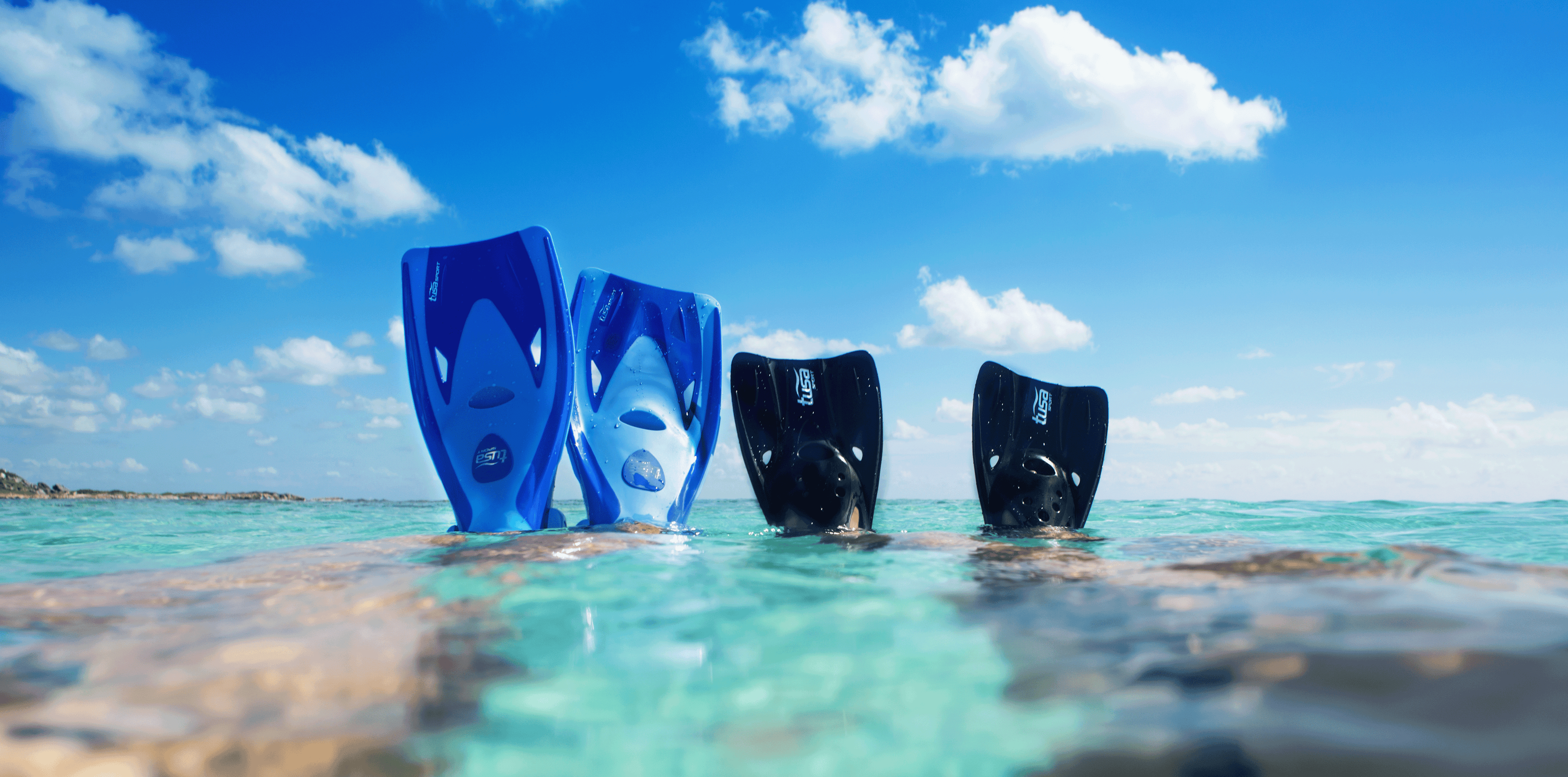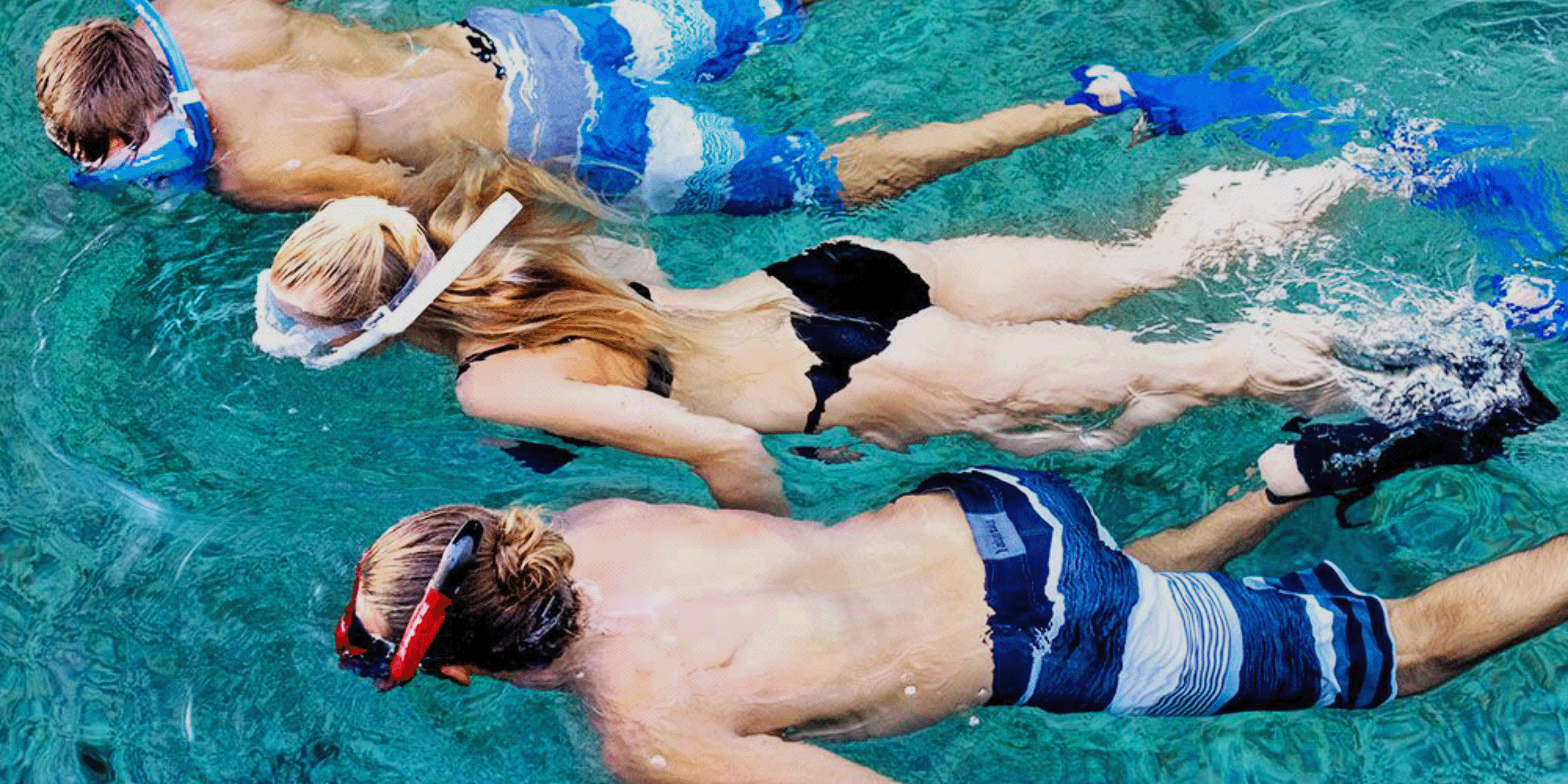Snorkeling Basics
Preparation
Know what to expect before you go snorkeling
-
Is snorkeling allowed at the location?
Depending on the location, there might be restrictions. It is always a good idea to check for posted signs first or check with the correct authorities for that location in case permission is needed.
-
Take it slow
There are a few good practices to keep in mind. It may be easier to put your fins on while still on the beach. While wearing the fins, you should walk sideways or backwards so that the fin tips won't get caught in the sand and cause you to stumble. Once in the water with your mask, snorkel and fins on, you should relax and lay face down on the surface. Practice breathing through the snorkel in this position while remaining in shallow water until you are comfortable to roam around. If you have a hard time floating, try spreading your limbs out or wearing a bouyancy jacket.
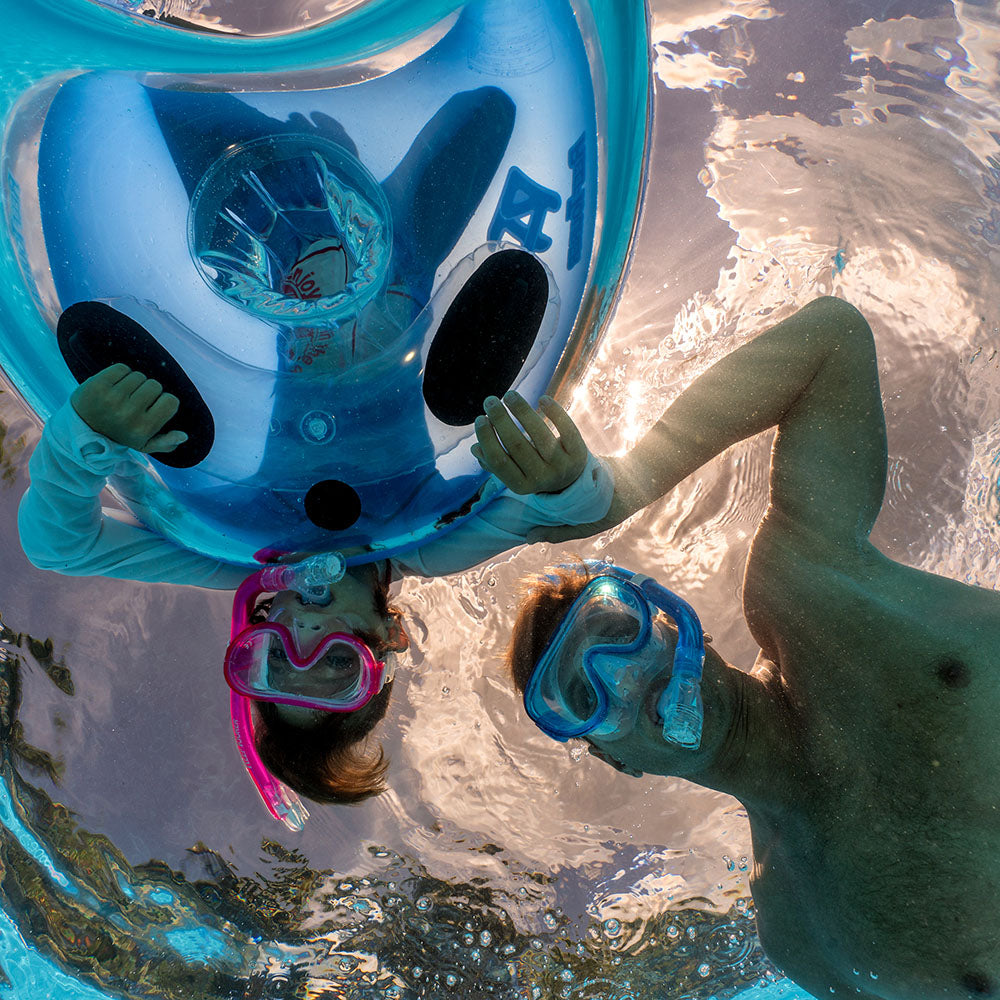
Is snorkeling safe for kids?
Before allowing your children into the ocean to snorkel, it is recommended that you try it first to verify they can handle the current conditions.
Many unexpected things can happen, so you want to be well prepared. Holding their hands while entering and snorkeling is a good idea.
If they are not strong swimmers or just learning to snorkel, you can have them use a snorkeling float for extra support while you hold their hand or onto the float.
-

Make sure you're hydrated!
It is very important to hydrate. Even though you are surrounded by water, the combination of the hot sun and the extra effort that your body is not familiar with can easily dehydrate you.
Snorkeling can be so mesmerizing that you forget about some of the basics like drinking water. Don't drink water from the ocean though!
-
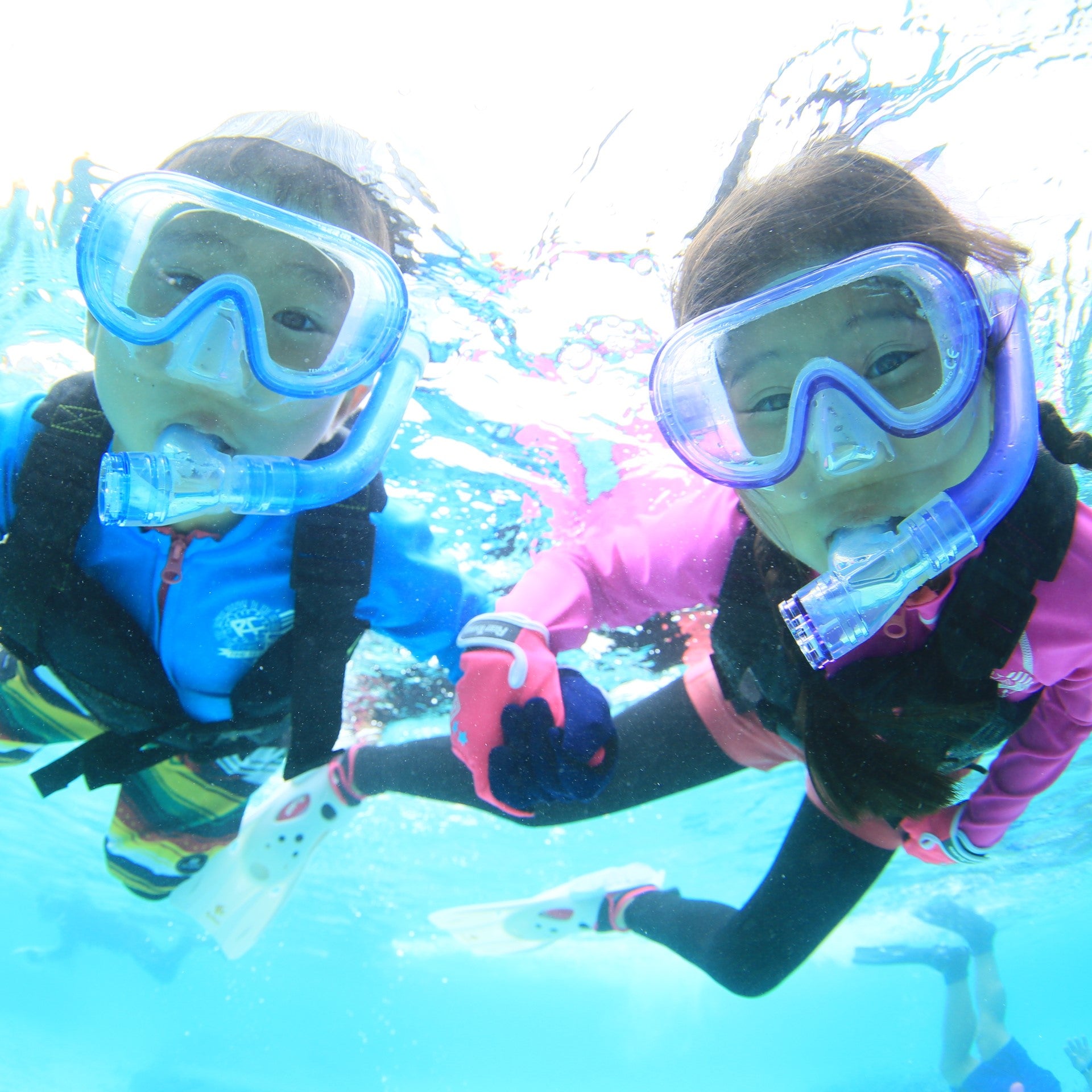
Match your buddy's pace
Whether you are with a friend or your children, it is always good practice to go at the slower pace of the persons involved. Struggling to keep up can cause cramping and exhaustion.
If you are with kids who tend to have more energy than adults, two or more adults should take turns to avoid feeling weak or tired.
-
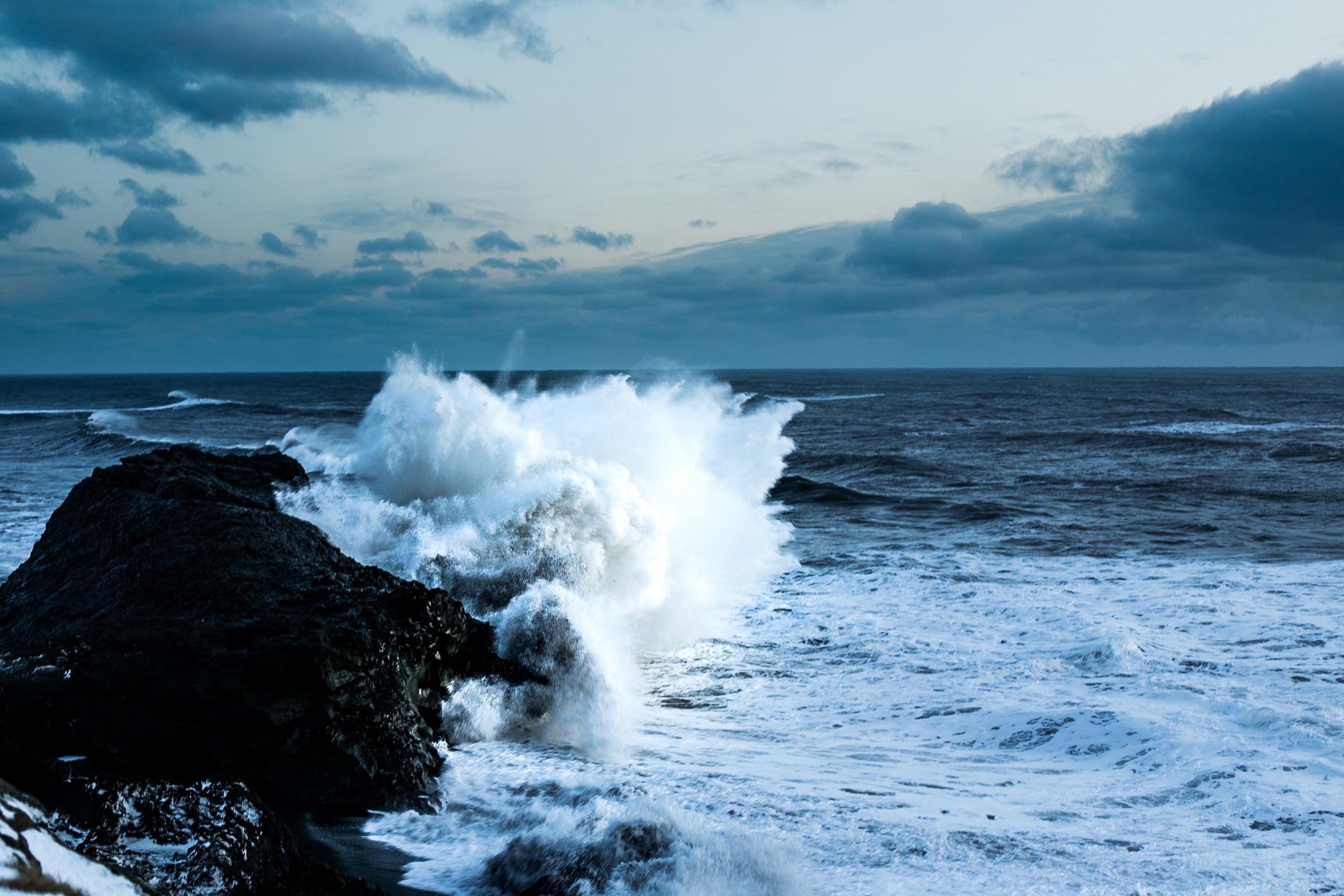
Know the conditions
To be best prepared, check not only the weather conditions, but also the tidal schedule in your location ahead of time.
You should always stretch before and after due to the addition extertion that comes from kicking with your fins. Otherwise, it may cause cramping. You can never be too prepared.
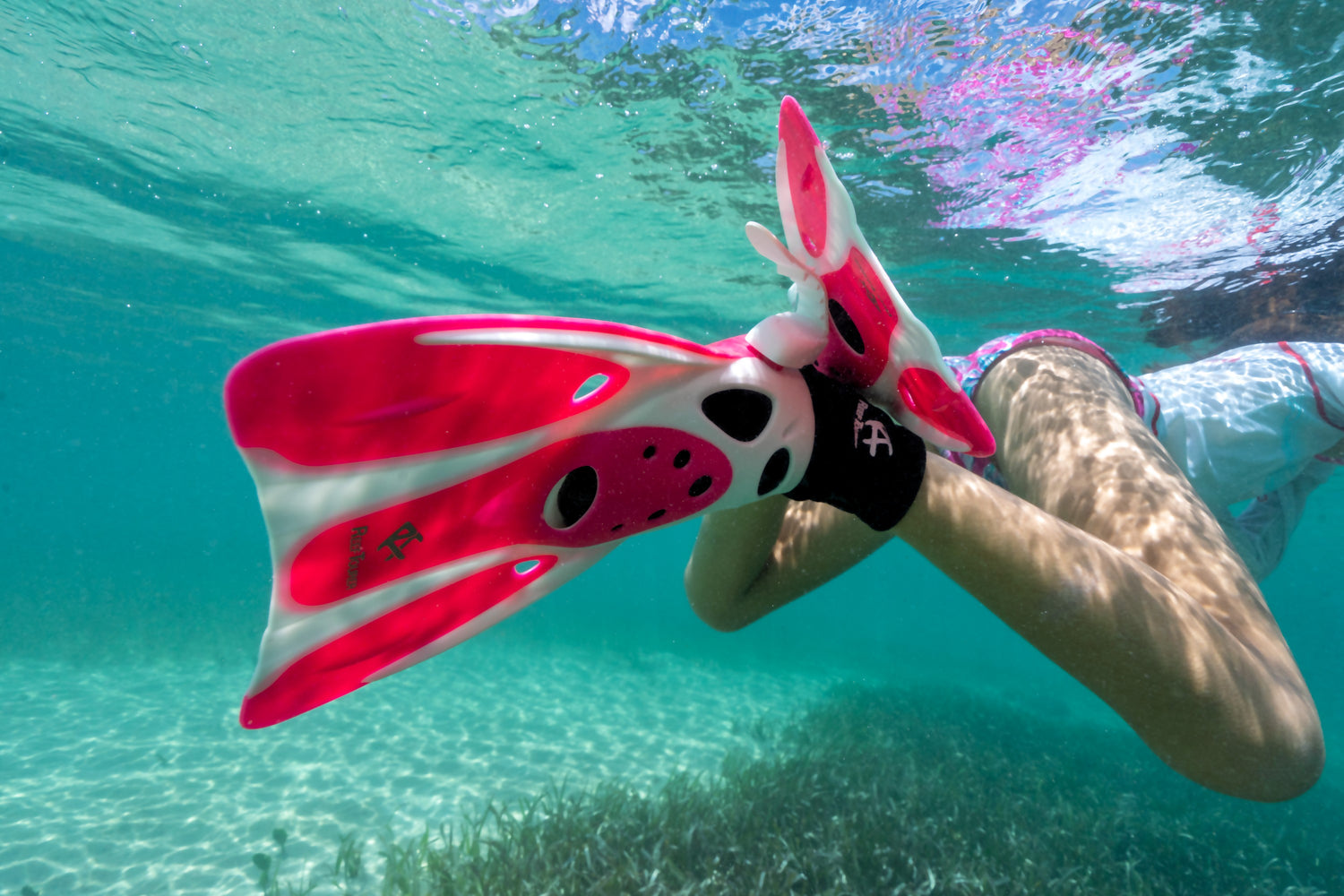
How to deal with leg cramping
Leg cramps put a damper on your experience, so it is important to know how to deal with them.
The most important thing is to make sure you are hydrated. If you feel a cramp, it's most likely on the back of your leg (your hamstring).
To deal with the cramp, remain calm, grab a hold of the tip of your fin, and pull it towards you while keeping a straight leg. If this doesn't do the trick, safely reach the shore and try it again from a better sitting position.
Precautions
- Be in good physical shape.
- Be careful when snorkeling with small children.
- Don't consume alcohol while snorkeling and don't snorkel if you have a hangover.
- If you are a beginner swimmer, consider using a life jacket while snorkeling.
- Don't snorkel in prohibited areas.
- Don't snorkel alone, always snorkel with a buddy
- Be careful near aquatic life, coral, and seaweed.
- Don't snorkel when there is high surf or dangerous conditions.
- Don't snorkel while taking cold medicine. Please consult your doctor for further advice.
Learn more about equipment essentials!

